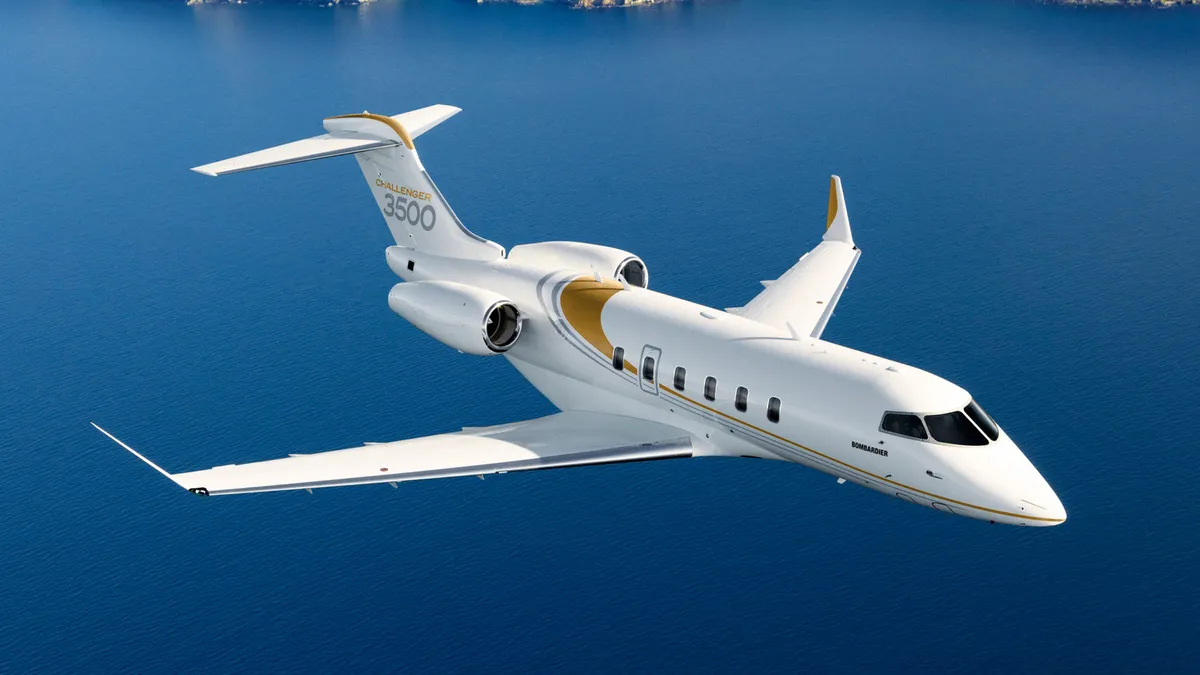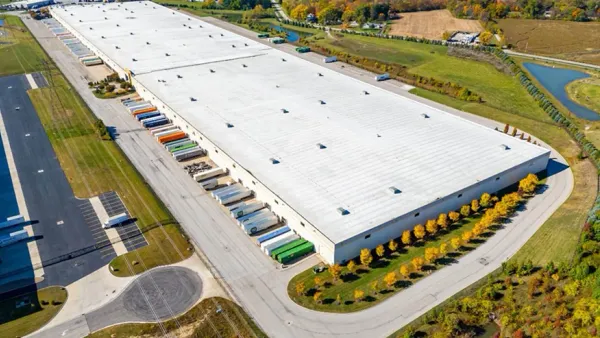Dive Brief:
- Canada-based aircraft manufacturer Bombardier has implemented supply chain strategies to prevent production pressures, delivering 123 units in 2022, according to a Q4 earnings call.
- Bombardier is leveraging its procurement influence through a team of specialists focused solely on alleviating key supplier and commodity challenges, Shauna Gamble, chief procurement officer at Bombardier, told Supply Chain Dive in an email.
- “We have been deploying this team to our suppliers — from Tier 1 and even down to Tier 3 if necessary — so that they can work with the suppliers directly to identify any issues and find solutions before they’ve become a problem,” Gamble said.
Dive Insight:
Besides working with suppliers, Bombardier has also strategically increased inventories of critical components and raw materials to help alleviate supply shortages, Gamble added.
In Q4 2021 and Q1 2022, Gamble said Bombardier purchased new inventory made available throughout its global service network.
“Within the aftermarket supply chain management, we have more than 30 people in the field working directly with our primary and sub-tier suppliers to ensure the supply chain finds the talent and parts they need,” Gamble said. “All of this continues to ensure our customers receive the parts they need from Bombardier when they need them.”
In some cases, the company has brought previously outsourced production in-house.
“When supply chain issues first began to arise, we repatriated some of the work that was previously performed by our suppliers to ensure parts availability, thereby adding around 500 jobs to one of our Montréal plants,” Gamble shared. “And in 2022, we secured production requirements by acquiring a financially struggling supplier of a component of the wings of our Global 7500 aircraft, Schrillo Company.”
Bombardier has also implemented a comprehensive monitoring solution that notifies the company of any global events that might impact the supply chain, the CPO said. Events monitored include labor disruptions, cyber-attacks, geopolitical risks and more.
Through these proactive supply chain solutions, the aircraft manufacturer has been able to ramp up production levels, delivering 49 units in Q4 alone, President and CEO Éric Martel told investors. Looking ahead, Bombardier forecasts to deliver more than 138 units in 2023, at least 15 more units than 2022.
“While we see signs of improvement, in the sense that we now see less suppliers facing critical challenges, we will continue to support those that still require our involvement and help,” Gamble noted.
Bombardier is not the only aircraft company facing supplier and supply chain difficulties.
Kansas-based Spirit AeroSystems as well as its suppliers, for instance, saw labor attrition, prompting part shortages among other disruptions throughout 2022. Its A350 line, as an example, took a hefty $67 million charge due to parts and labor shortages, as well as additional freight costs.
Boeing has also seen its share of supply chain headwinds throughout the past year, noting at the 44th Annual Aerospace/Defense & Industrials Conference on Feb. 15 that there are “still part shortages, we’re still working through it, and it is still not stable and predictable.”
However the alignment around demand throughout the supply chain is getting better, as well as constraint visibility across Tier 2 and Tier 3 suppliers, Executive Vice President and CFO Brian West said. He further noted that Boeing is also deploying its own resources to help out its suppliers.














